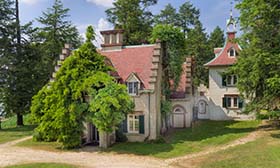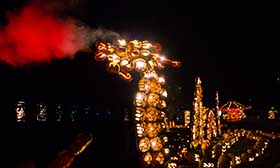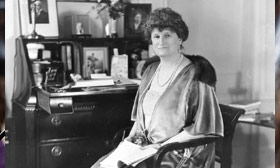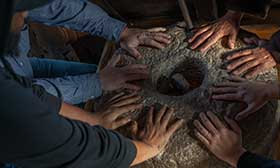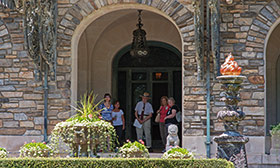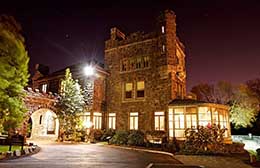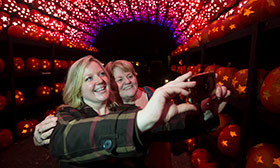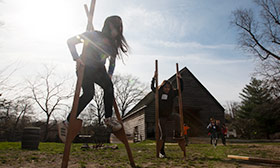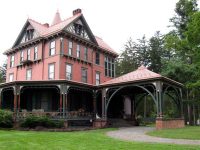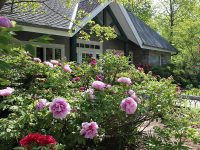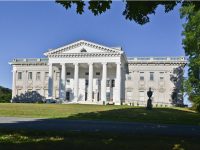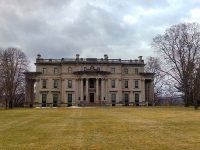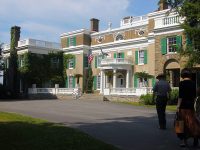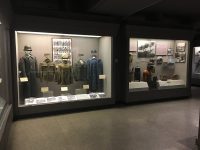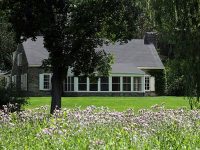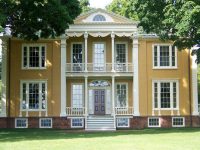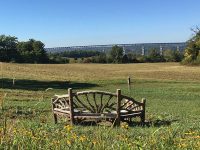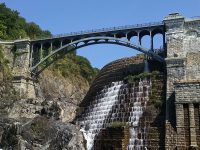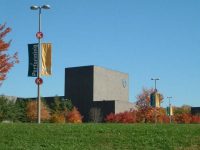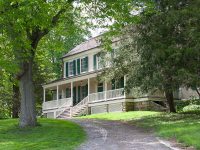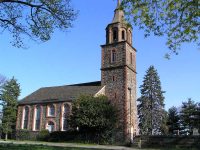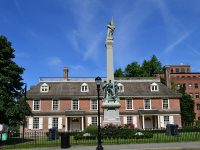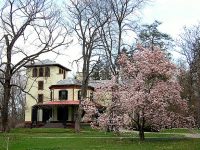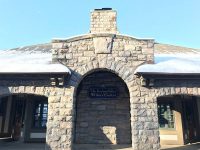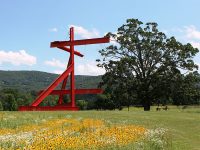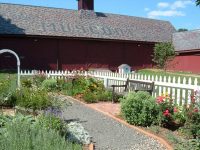Queen Anne mansion and Calvert Vaux-designed landscape built in 1852.
Located on the former Pocantico Hills and Rockwood Hall country estates of John D. Rockefeller family and William Rockefeller, the park offers 55 miles of carriage roads for walking, hiking, carriage driving, and cross-country skiing.
The country home of Ogden Mills and his wife Ruth Livingston Mills, the couple renovated the estate in the 1890s to create a Beaux-Arts mansion of 65 rooms and 14 bathrooms.
The estate is a masterpiece of American Beaux-Arts design and an example of America’s Gilded Age. It sits on 200 acres with Hudson River views and formal gardens.
The home of America’s only 4-term president, known as “Springwood”, as well as the Franklin D. Roosevelt Presidential Library & Museum. There are guided tour of the home, and 300 acres with gardens and trails to explore.
The oldest military museum in the country, collections include items related to the history of the U.S. Army, the history of warfare, as well as displays of large and small weapons. Admission is free.
The only National Historic Site dedicated to a First Lady. Tour the cottage, gardens, and grounds on the site.
Photo Credit: NPS/Bill Urbin
A Neoclassical mansion built between 1804-1809, situated on 68 acres. Offers beautiful views of the Hudson River.
Nearly two miles of trails and romantic vistas designed by Hans Jacob Ehlers. It’s called Poets’ Walk in honor of Washington Irving and other authors who reportedly walked here.
Trails for hiking and a restored Keeper’s Cottage.
A theatre complex located on the campus of SUNY Purchase College.
John Jay was one of America’s Founding Fathers—he was also President of the Continental Congress, U.S. Secretary for Foreign Affairs, first Chief Justice of the U.S. Supreme Court, and the second governor of New York State. Construction started on his home in 1799 and Jay moved there in 1801. Today the historic site sits on 62 acres, which feature 19-century farm buildings and formal gardens.
A non-collecting museum offering a series of changing exhibitions, community programs, lectures, workshops, and concerts.
An 18th-century church that was used as a military hospital during the Revolutionary War.
Historic 1869 theater featuring arts education programs, music, dance, theater, Live in HD broadcasts, and classic films.
Home of Frederick Philipse III and his family. Historical highlights include its 18th-century Georgian architecture and a rare 1750s papier-mâché Rococo ceiling.
This 200-acre estate overlooking the Hudson River features an 1851 Italianate villa and was the home of artist and inventor Samuel Morse.
Hosts readings, open mics, and other special events.
A 500-acre sculpture park with over 100 works of art, including pieces by Louise Bourgeois, Alexander Calder, Sol LeWitt, Maya Lin and more.
Early-1900s interpretive farm with dairy barn, milk house, ice house, and blacksmith shop. Visit to experience family programs, art exhibits, and hiking.

